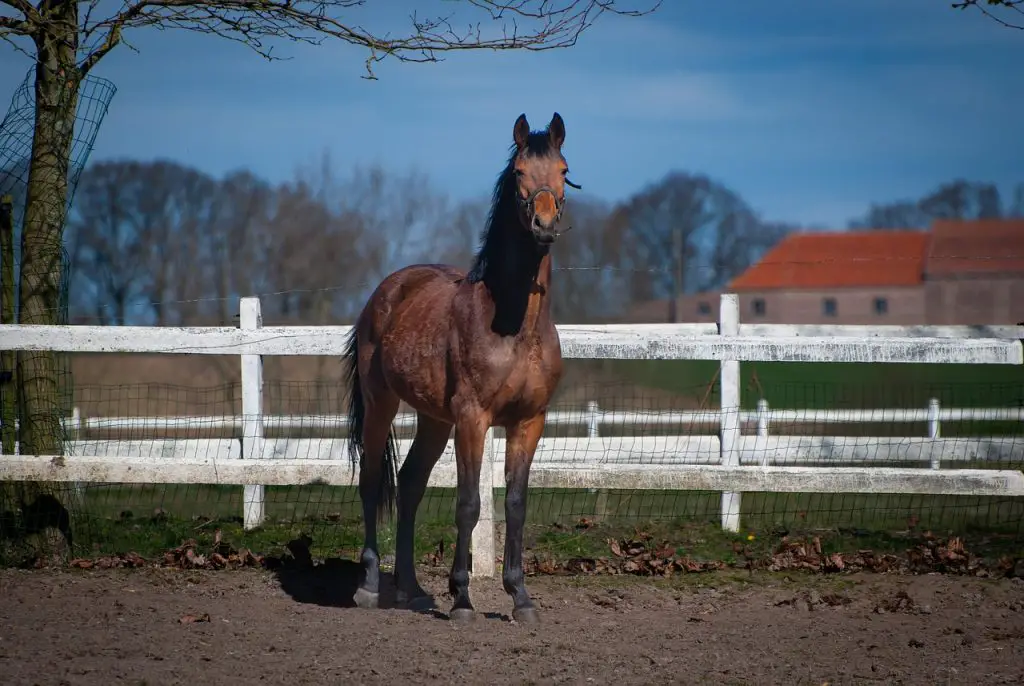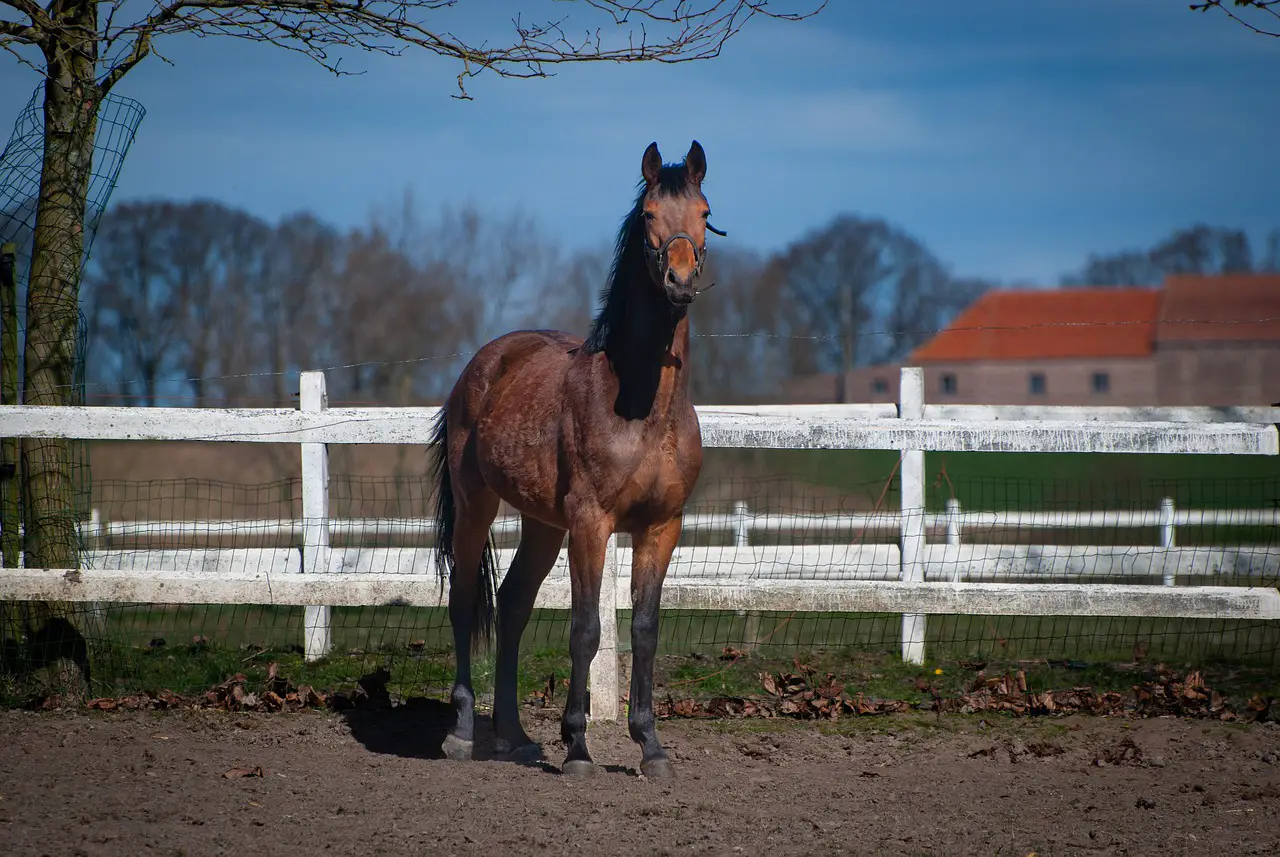Last Updated on March 24, 2022 by Allison Price
Central Kentucky is experiencing summer in full force. Anhidrosis is a growing problem in central Kentucky due to the extreme heat. Anhidrosis is a condition in which horses don’t sweat enough. This can lead to several clinical signs. Anhidrosis in horses is sometimes called “non-sweater”. This condition can limit performance and put horses at risk of heat stroke or hyperthermia.
Anhidrosis can be caused by overstimulation of horses’ sweat glands by stress hormones. This is most common in summer heat. There are many factors that can affect the severity of anhidrosis in horses. The severity of anhidrosis can vary from mild to severe. A horse might experience a slight decrease in sweat production that results in subtle clinical signs. This condition is more common in horses that are performing, but it can also be found in horses of other colors.
Partial or incomplete anhidrosis is most common type of anhidrosis. Horse owners should be aware that their horse could have this problem if they notice a decrease in performance as the temperature rises during the summer months. Partial anhidrosis can also be manifested by an increased respiratory rate or a high rectal temperature, which takes longer than 30 minutes to return to normal after exercise.
Horses’ normal body temperature is between 99.5 and 101 degrees F. However, exercise can raise a horse’s temperature but should return to normal within 30 mins after it has stopped. Anhidrosis-prone horses will have a dry or brittle hair and a history of lethargy in the hottest times of the year.
Anhidrosis can occur in summer months for any horse, even brood mares or retired performance horses who live sedentary lives. Your veterinarian may be able to diagnose anhidrosis if your horse experiences an increased respiratory rate that causes herd mates to run for shade. Your veterinarian can diagnose anhidrosis by administering a series of terbutaline diluted injections. Your veterinarian will stimulate the horse’s sweat glands, identify the ones that are causing problems with sweating, and then determine the severity. A treatment plan may also require bloodwork, which can include an electrolyte analysis. A skin biopsy can be done to enable microscopic examinations of the sweat glands. However, this is not usually necessary for a diagnosis.

It is best to take measures at this time of the year to reduce heat stress and, consequently, decrease the risk of developing anhidrosis. All horses should have access throughout the day to cool and shade. Exercise should be done early in the morning or late at night when temperatures are lower. You can also limit your participation to the evening or the cooler parts of the day, while you have fans indoors in the extreme heat.
Anhidrosis treatment can be quite simple, but it can often prove difficult to treat. Anhidrosis can be treated in many ways. What works for one horse may not work for another. Before anhidrosis can be successfully treated, the horse should not exercise in the heat and should be allowed to rest.
Supplementation with electrolytes based on blood chemistry abnormalities may be the best treatment. This will allow horses to start sweating. A can of beer per day is another inexpensive and easy treatment for minor anhidrosis. Most cases need more extensive management. This may include treatment with one or more commercial products ( Relyte H(r),) and environmental management.
Horses can perform well in hot and humid environments if they are successful. If the horse is not responding to standard therapy, it can be moved to a cooler environment to restore its sweating ability. Talk to your veterinarian about how to get your horse back to normal sweating, and normal thermoregulation, in order to ensure good health and peak performance throughout the summer months.


